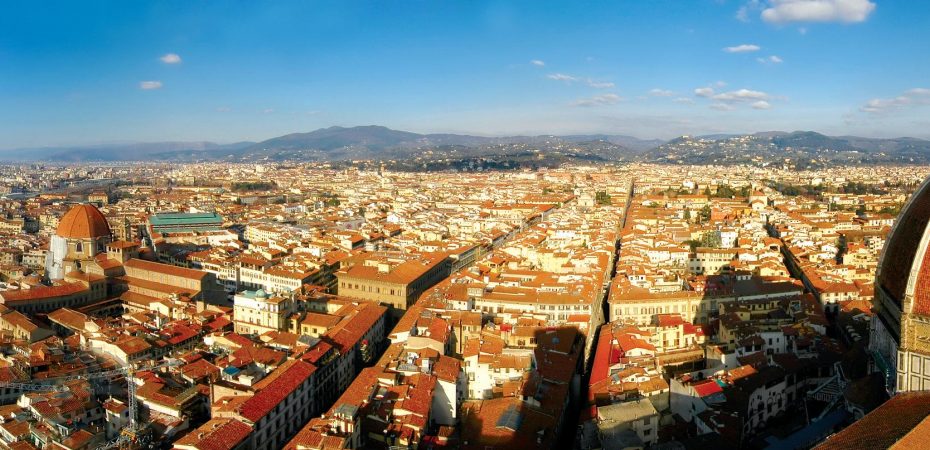It is a much maligned experience in some of the more hardcore beer circles bringing with it overtones of characterless, mass produced ‘Euro fizz’. Yet while the wine industries of France, Spain and Italy might be the envy of the world, a glass of Sancerre or Pinot Grigio doesn’t quite hit the spot after a summer’s day on the tourist trails of Paris, the olive groves of Tuscany or simply soaking up the rays on the Costa. There is simply nothing better than the sight of a draught beer in its own dedicated, branded glass when served in a traditional café at the end of a hard day’s holidaying. If there’s a better accompaniment to tired limbs, parched tastebuds and ‘watching the world go by’ then I’ve yet to experience it. However, while the beers of France, Spain and Italy certainly excel under these conditions, it would be a mistake to ignore them on occasions when the contents of your glass are required to take on more of a starring role.
It could be argued the beer industry in France bears a certain similarity to that of the United Kingdom in the early 1970s. Although the French have never been the world’s largest consumers of beer, at the beginning of the 20th century there were in excess of 1,000 breweries in the country. What followed was a lengthy period of closure, decline and consolidation leading to the situation today where the market is dominated by the brewing giants Scottish and Newcastle (owners of the best selling beer in France, Kronenbourg) and Heineken International. However in recent times there are signs of a revival in smaller scale French brewing. The number of microbreweries and brew pubs continues to increase, producing beers in a range of different (and sometimes original) styles. At the same time, sales in domestic consumption of premium French beers is on the increase. The country even has its own version of the UK’s Campaign for Real Ale (CAMRA), known as Les Amis de la Bière.
Although brewing is gradually spreading across the country, there are two main centres for French beer. Around 80 per cent of production comes from Alsace in the (north) east of the country on the border with Germany. The region is home to the giant Brasseries Kronenbourg brewery in Strasbourg and in general produces the bulk of the clean, crisp French lager eulogised at the beginning of this article, names such as Ancre and Kanterbräu (as well as, of course, Kronenbourg itself). More interesting brews are to be found from the family owned Meteor Brewery in Hochfelden, whose range includes the unpasteurised, pilsner style Meteor lager at 4.6% alcohol by volume (ABV) through to the highly distinctive Mortimer at 8% ABV, produced using peat smoked whisky malt. Similar smoky-style ‘whisky’ beers are produced by Brasserie Fischer in Schiltigheim, the amber-red Adelscott (6.4%) and Adelscott Noir at 6.6%. The company is also responsible for the impressive lager style Fischer Gold at 6.5%.
Kasteel Cru is a new lager produced in a joint venture between Coors Brewers and La Brasserie de Saverne in Alsace. It is fermented using Champagne yeast to produce an intensely fresh, crisp beer (5.2%) with notes of citrus and butter. It could be auto suggestion, I know, but it appears to share a number of similarities to a sparkling wine including a palate cleansing acidity. Perhaps not for everyone, but definitely an unusual brew.
Article continues in Beers of the World Issue 15

